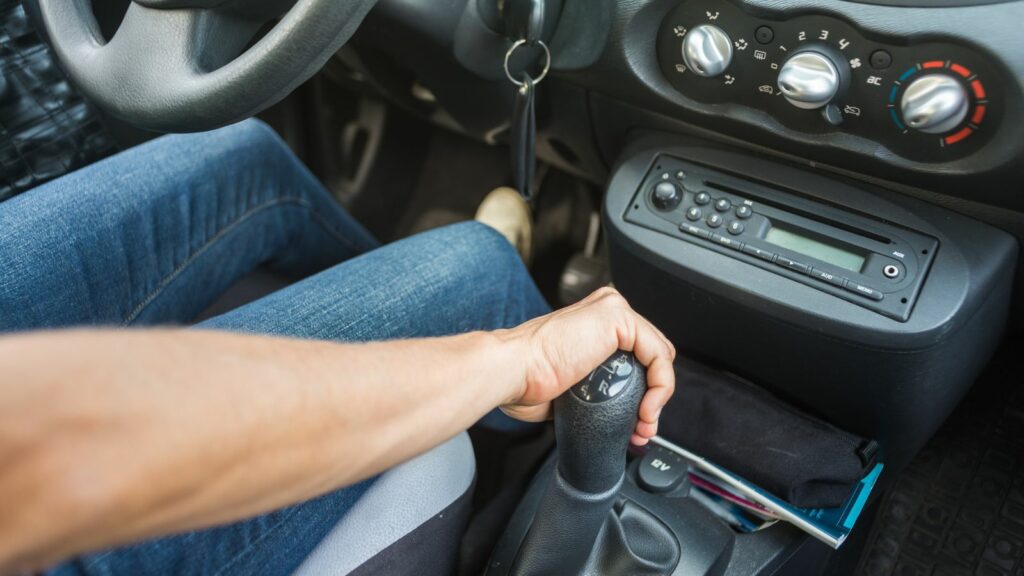Manual transmissions have always been about more than just changing gears. They are about connection, control, and enjoyment. For many enthusiasts, driving a stick shift turns every trip into an engaging experience rather than a routine commute. But the same system that delivers so much fun also demands respect. Treat it well, and it will last for hundreds of thousands of miles. Abuse it, and you may be looking at costly repairs far sooner than expected. Understanding what you should and should not do with a manual transmission is essential for keeping the car healthy and for making the most of the driving experience.
Never Ride the Clutch
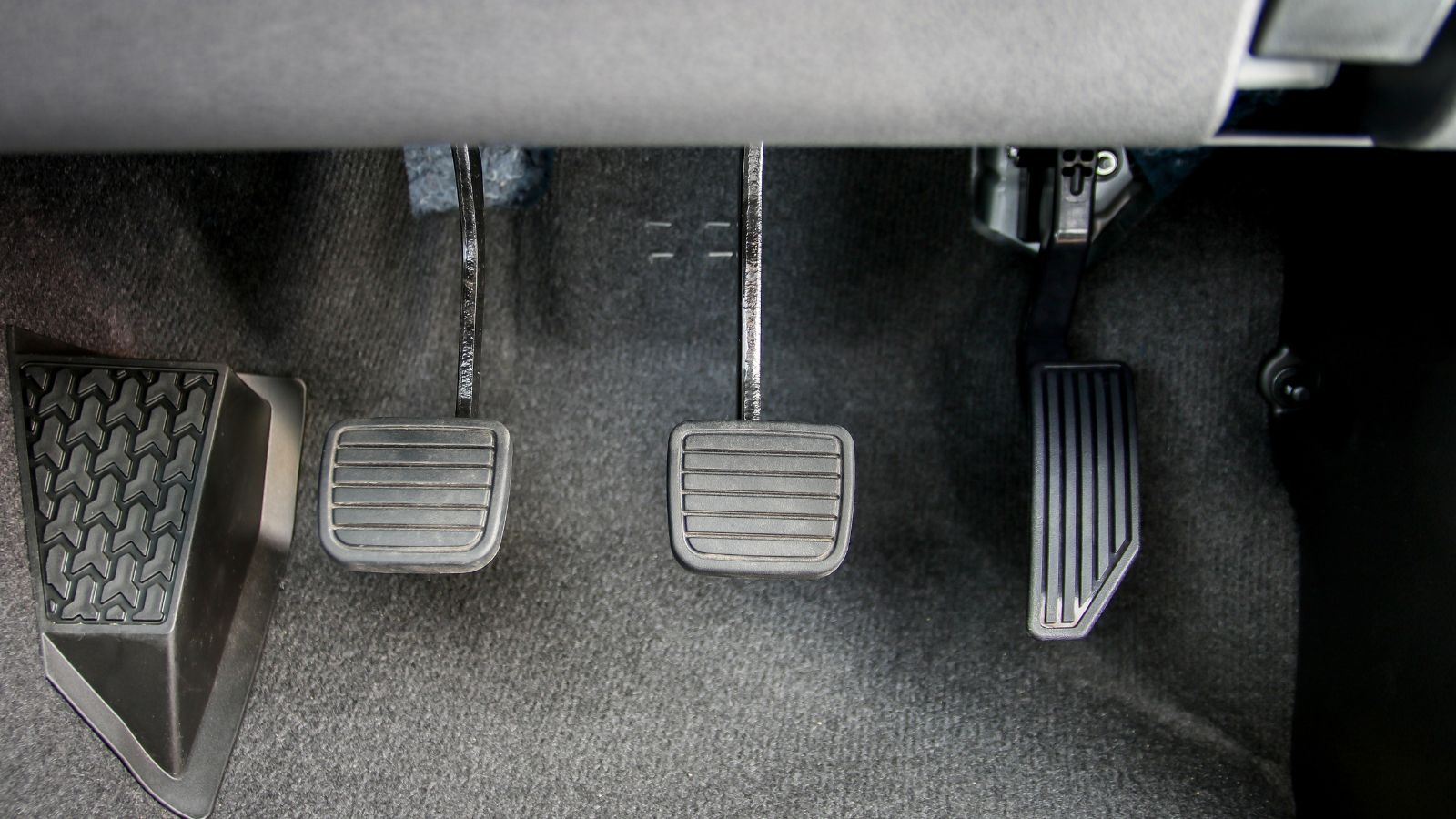
One of the most damaging habits manual drivers fall into is riding the clutch. This happens when you leave your foot resting lightly on the pedal or hover over it in traffic. Even a small amount of pressure engages the release bearing and partially disengages the clutch, creating unnecessary friction. Over time, this wears out both the clutch plate and related components long before their natural lifespan. A worn clutch is not just expensive to replace but also makes driving jerky and unpleasant. The correct habit is to treat the clutch as either fully engaged or fully disengaged. Once you finish shifting, move your foot completely to the dead pedal or the floor beside the clutch. Doing so not only prevents wear but also helps train you to shift more deliberately.
Never Rest Your Hand on the Gear Lever
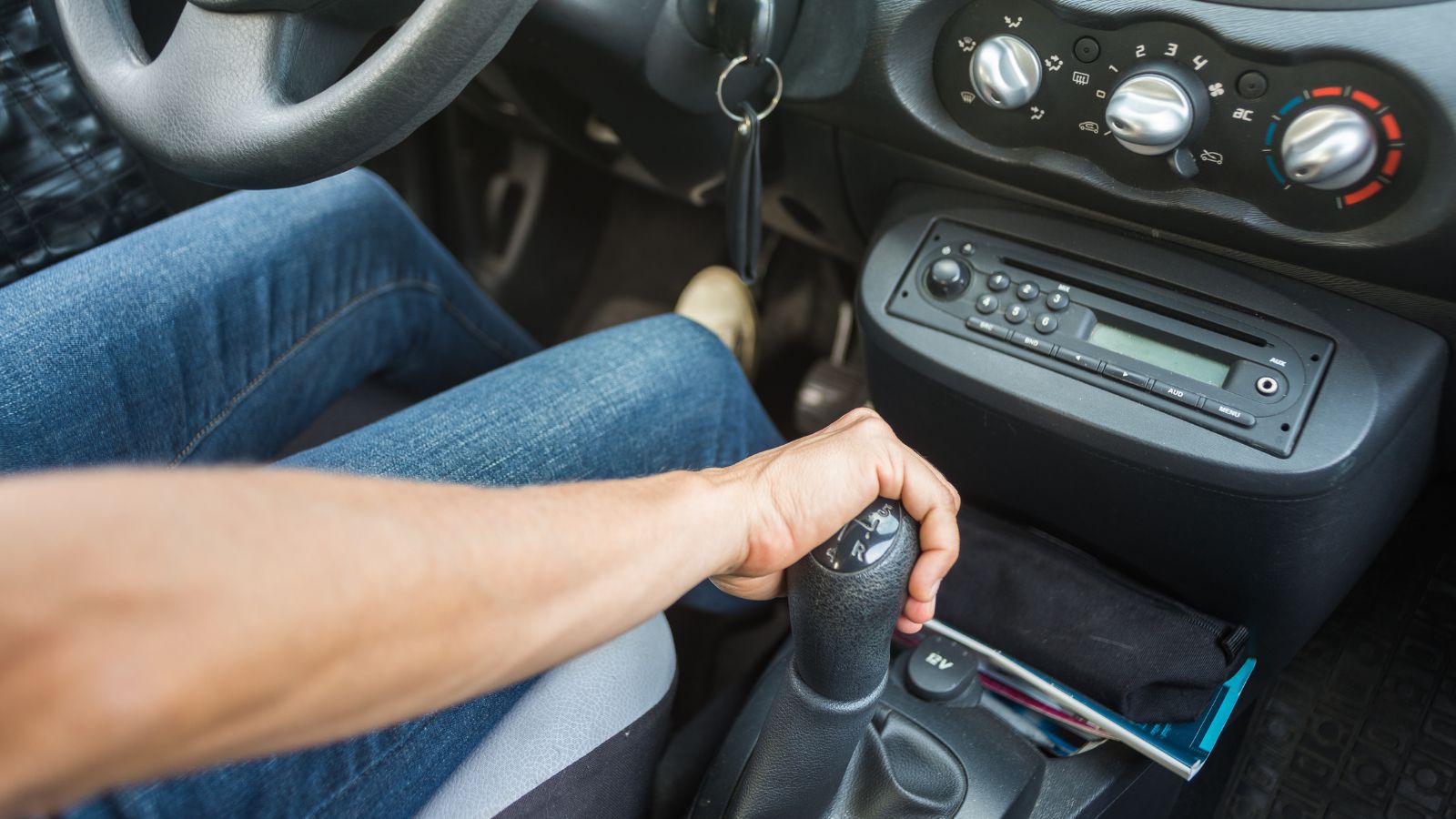
Many drivers think nothing of resting their hand on the shifter while cruising, but this small act can put big stress on internal components. Gear levers are connected to selector forks inside the transmission, which are designed to engage briefly during a gear change and then rest. When a driver keeps weight on the shifter, it applies constant pressure to those forks, accelerating wear and potentially causing premature failure. Transmission repairs are among the most expensive jobs on any car, and something as avoidable as resting your hand on the lever is not worth the risk. Keeping both hands on the wheel also improves control and safety, making it a win for both mechanical health and driving confidence.
Never Skip Proper Downshifting
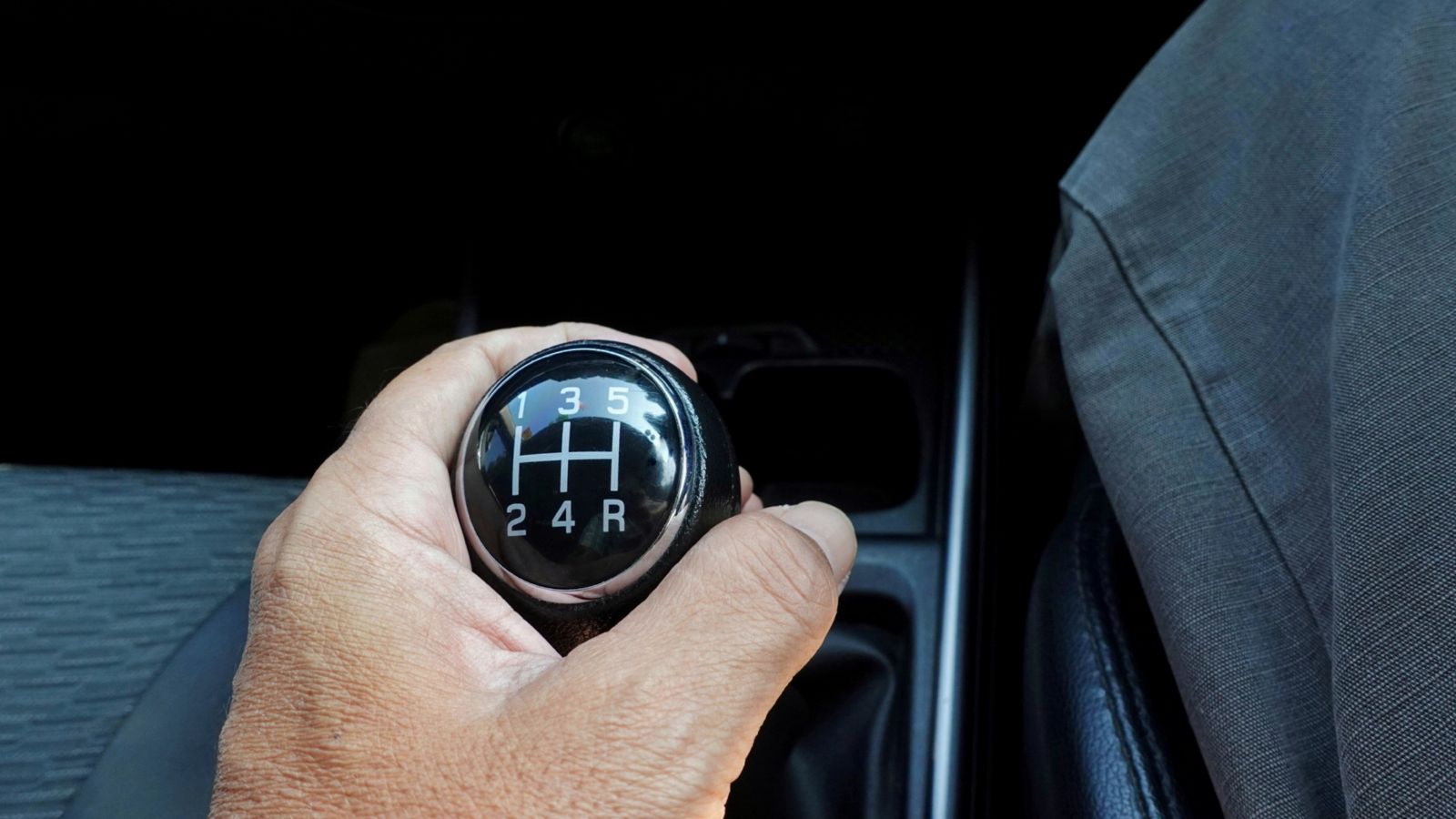
Relying only on the brakes to slow down without downshifting leaves the car in the wrong gear for changing conditions. While brakes are strong and designed to take heavy use, ignoring downshifts means you give up an important safety tool. If traffic suddenly opens up and you need to accelerate, being caught in too high a gear slows your response. Worse, if you try to engage the clutch and downshift in a panic, the sudden mismatch in engine speed can cause lurching or even a stall. Proper downshifting distributes the load between engine and brakes, keeps you in the right gear for acceleration, and maintains balance in the car, especially on winding or hilly roads. Skipping this step not only puts extra wear on brake components but also reduces your overall control.
Never Launch Aggressively Unless Necessary

Dropping the clutch at high revs might feel thrilling when the light turns green, but it comes at a high mechanical cost. Aggressive launches put massive strain on the clutch, pressure plate, gearbox, and even the driveshaft. Repeated abuse of this kind leads to premature clutch failure, broken mounts, or worse, a damaged gearbox. Unless you are at a drag strip or in a controlled racing environment, these launches are more likely to result in repair bills than smiles. Smooth engagement of the clutch from a stop might not look as dramatic, but it ensures your car remains reliable and enjoyable for years.
Do Use the Clutch Smoothly
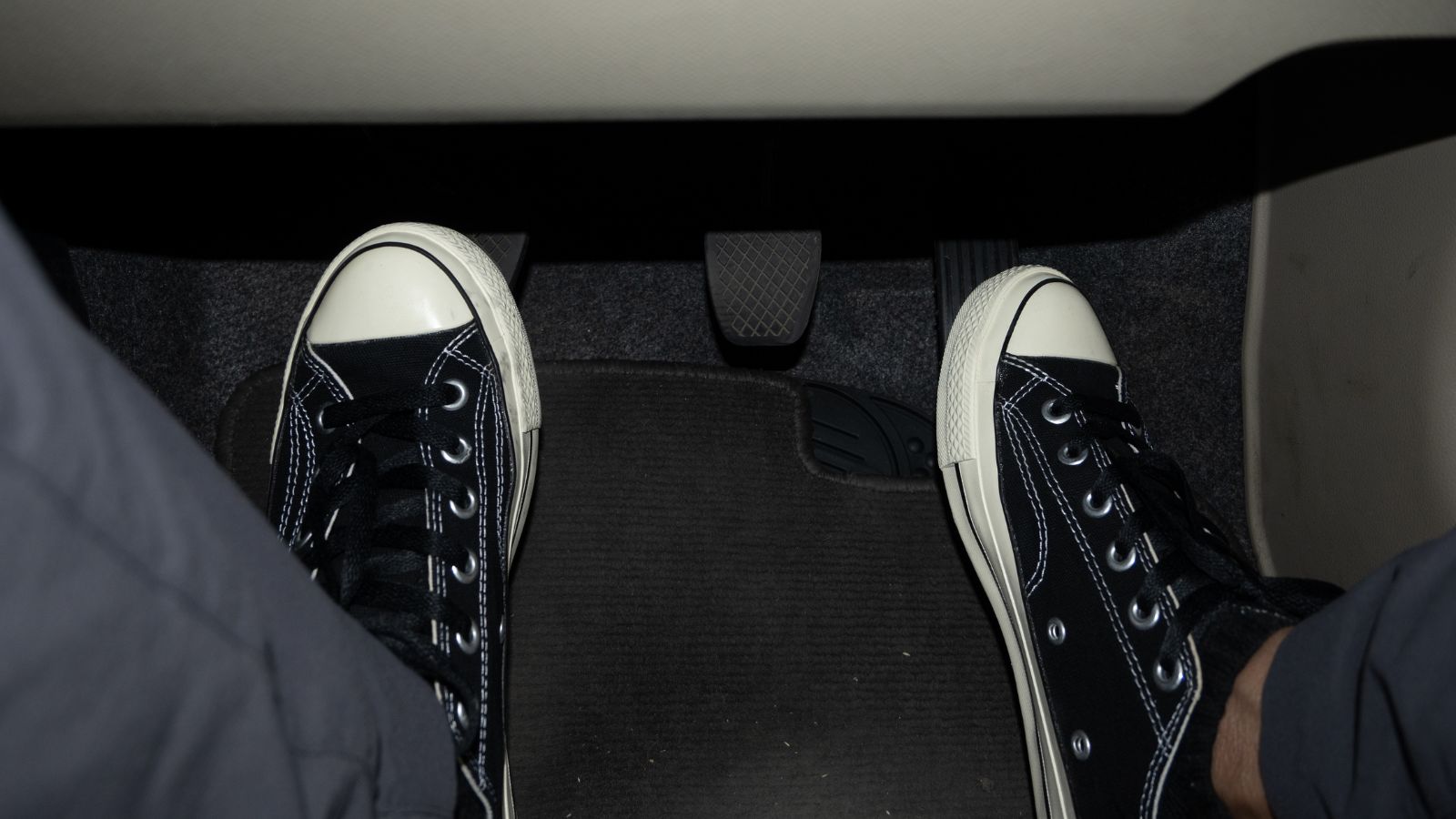
Smooth clutch operation is the foundation of good manual driving. Letting the clutch out gradually while applying the right amount of throttle creates a seamless transition between gears. This prevents jerks, stalls, and unnecessary strain on both engine and transmission. Experienced drivers know that a silky smooth shift not only feels better but also keeps passengers comfortable. Practicing clutch control in different situations, from hill starts to heavy traffic, pays off in both performance and durability. A driver who treats the clutch gently will enjoy far longer component life and a car that feels composed rather than clumsy.
Do Learn Rev Matching

Rev matching is one of the most rewarding techniques to master with a manual. The principle is simple: when downshifting, you give a small blip of the throttle to raise engine speed so that it matches the speed of the lower gear. Done correctly, the shift feels smooth and precise, with no jolt or lurch as the clutch engages. This technique reduces stress on the clutch and gearbox by eliminating mismatched forces. It also improves control, particularly on winding roads or during spirited driving. For those who enjoy pushing their cars, rev matching turns downshifting into an art form, one that not only enhances performance but also prolongs the life of the transmission.
Do Use Engine Braking
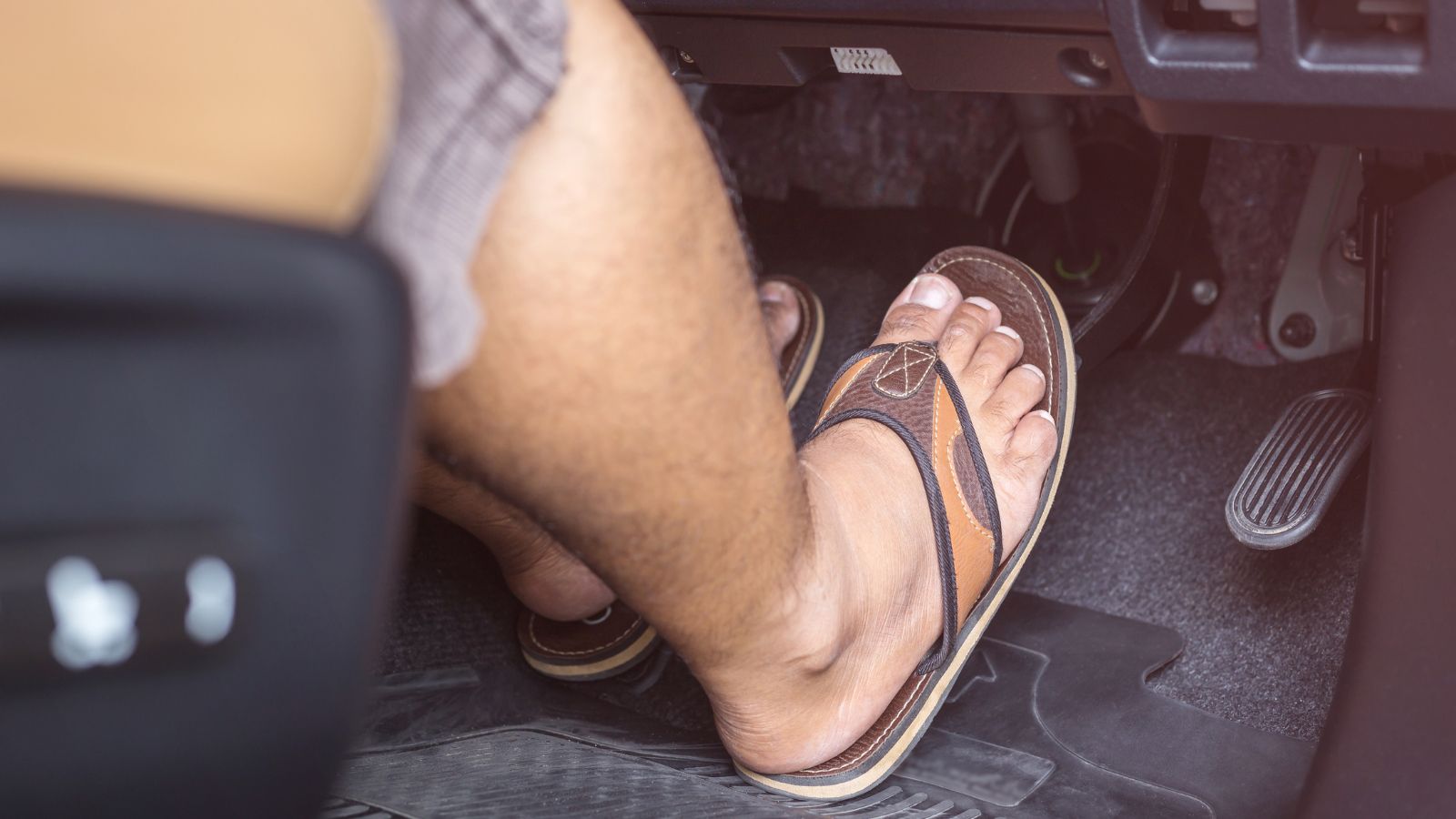
Letting the engine assist in slowing the car is one of the built in advantages of a manual transmission. By downshifting appropriately and allowing the engine to take on some of the braking load, you ease strain on the brake pads and rotors. On long downhill stretches, this can make the difference between controlled driving and overheating brakes. Engine braking also helps stabilize the car by reducing speed gradually rather than relying solely on the brakes, which can be abrupt. Seniors often find it especially useful since it provides more confidence when managing speed on rural or mountain roads. Making engine braking a habit is both smart and economical.
Do Practice Good Shifting Timing
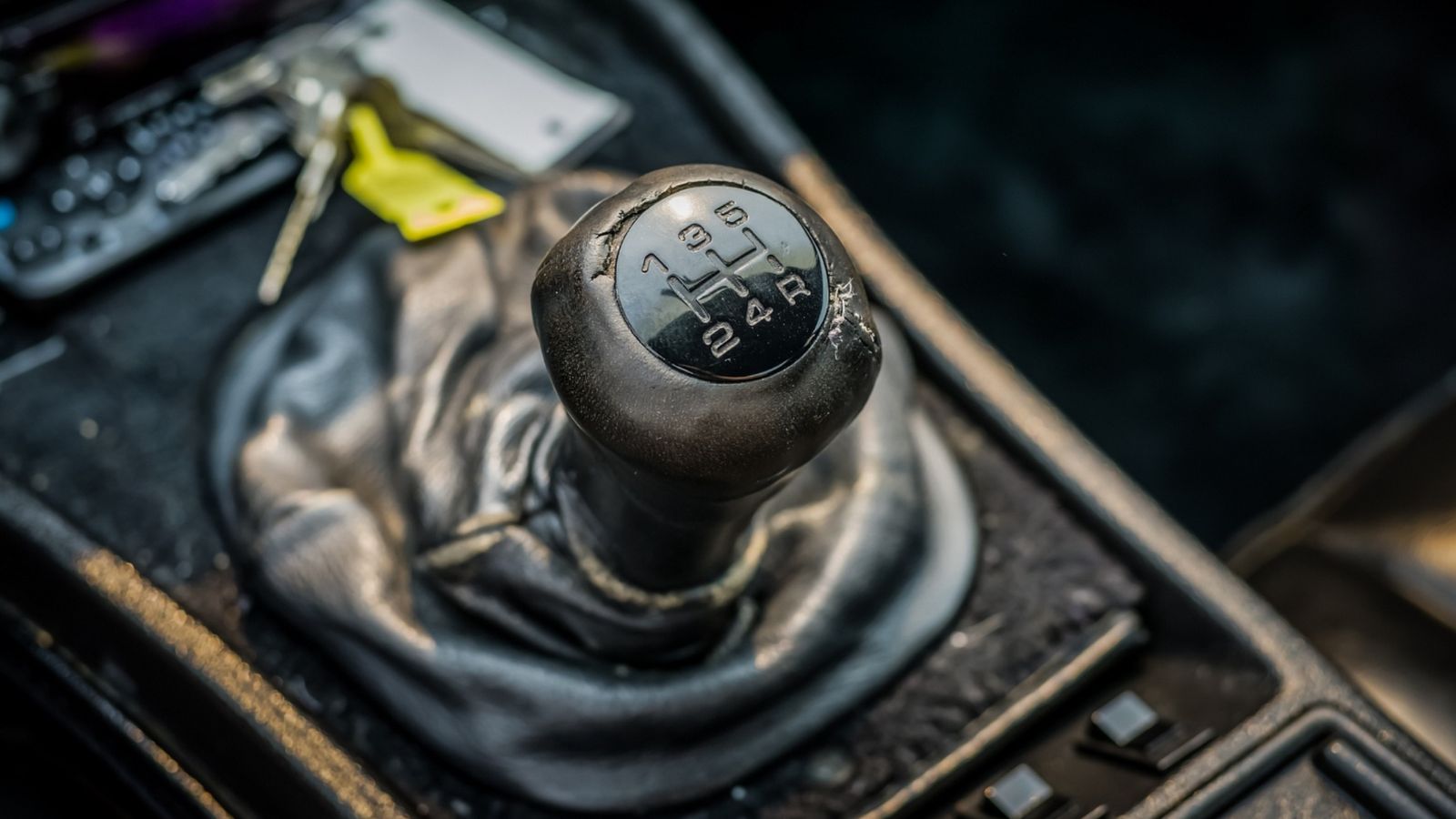
Learning when to shift is as important as learning how. Upshifting too early can cause the engine to lug, wasting fuel and straining components, while shifting too late keeps the engine screaming at unnecessary revs. Good timing strikes the balance, allowing smooth acceleration while keeping the engine in its optimal power band. Downshifting at the right time ensures you always have power ready when needed, such as during overtaking or climbing hills. Paying attention to the tachometer is useful at first, but with experience you can simply listen to the engine and feel when a shift is needed. This skill not only makes you a more efficient driver but also makes the whole experience more enjoyable and connected.
User Satisfaction

Driving a manual car well comes down to respecting the mechanics and developing good habits. The mistakes of riding the clutch, resting your hand on the shifter, ignoring downshifts, or launching aggressively will shorten the life of the transmission and rob the car of its enjoyment. By contrast, using the clutch smoothly, rev matching, relying on engine braking, and shifting with proper timing will keep the car in top condition and turn every drive into a satisfying experience. Manuals reward those who respect them, and they remind drivers that skill and care are just as important as horsepower and torque.
25 Facts About Car Loans That Most Drivers Don’t Realize

Car loans are one of the most common ways people fund car purchases. Like any other kind of loan, car loans can have certain features that can be regarded as an advantage or a disadvantage to the borrower. Understanding all essential facts about car loans and how they work to ensure that you get the best deal for your financial situation is essential. Here are 25 shocking facts about car loans that most drivers don’t realize:
25 Facts About Car Loans That Most Drivers Don’t Realize
